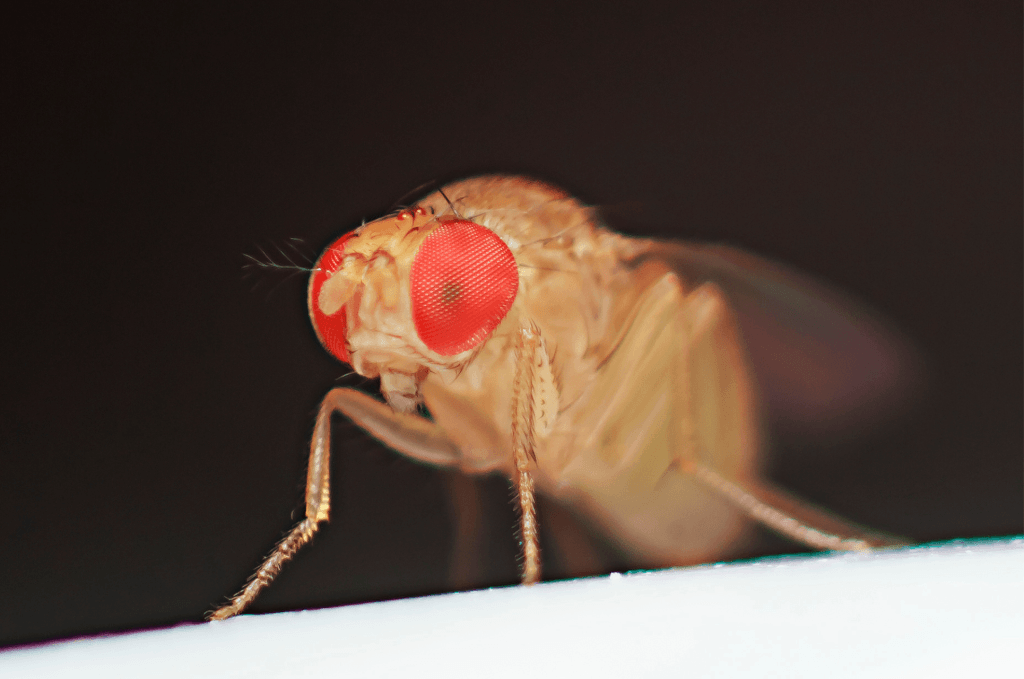
Photosensitivity of insects caused by newly discovered endocannabinoid
Most vertebrates produce a special group of molecules known as endocannabinoids. However, molecules such as 2-AG and anandamide are oddly absent from insects. Researchers recently discovered that another endocannabinoid found in insects causes photosensitivity in fruit flies.
2-LG found in fruit flies
Molecular structures of endocannabinoids, 2-LG and 2-AG.
Insects and humans are made up of transient receptor potential (TRP) channels that respond to temperature, chemicals, and light. Conversely, in insects such as fruit flies, any relationship between these channels and light sensitivity was unknown.
The study, published in Science Signaling, clarified a previously unknown connection. 2-Linoleoylglycerol (2-LG) — an endocannabinoid-like substance found in Drosophila (fruit flies) — orchestrates the compound in insects, new research finds. 2-LG is a derivative of linoleic acid, an omega-6 fatty acid.
A lipid scan to locate 2-LG
Some endocannabinoid-related lipids found in fruit flies increase in response to light. Levels of diacylglycerol, a 2-AG precursor, increased in the insect upon exposure to light.
The endocannabinoid did not increase in mice engineered without the enzymes required for biological 2-LG production. Researchers found the unique endocannabinoid-like substance in fruit fly heads in concentrations 60 to 100 times higher than other lipids. And the sharp increase didn’t occur in the absence of light or a functional precursor known as a diglyceride (DAG).
Wavelengths that promote and do not promote lipids
 Photograph of 2-LG synthesis and activity courtesy of Sokabe et al. 2022.
Photograph of 2-LG synthesis and activity courtesy of Sokabe et al. 2022.
Different types of light produced different results in endocannabinoid production in fruit flies. For example, blue wavelengths affected lipids more than an orange spectrum. Blue light increases 2LG levels in fruit flies by more than 30%. The researchers predicted a local increase of up to 300% in the insect’s eye after the blue light stimulation was stopped.
Insects lack cannabinoid receptors. 2-LG is considered an endocannabinoid, although it causes Insects sensitivity to light by induction of TRP channels. Unique to phytocannabinoids, 2-linoleoylglycerol triggers a subset of canonical TRPs. This finding confirms that insects used unique biological adaptations throughout their evolution to survive toxic environments.
Watch this story to learn more about endocannabinoid production in insects.
Sources
- Sokabe T, Bradshaw HB, Tominaga M, Leishman E, Chandel A, Montell C. Endocannabinoids produced in photoreceptor cells in response to light activate Drosophila TRP channels. sci signal. 2022;15(755):eabl6179. doi:10.1126/scisignal.abl6179

Post a comment: